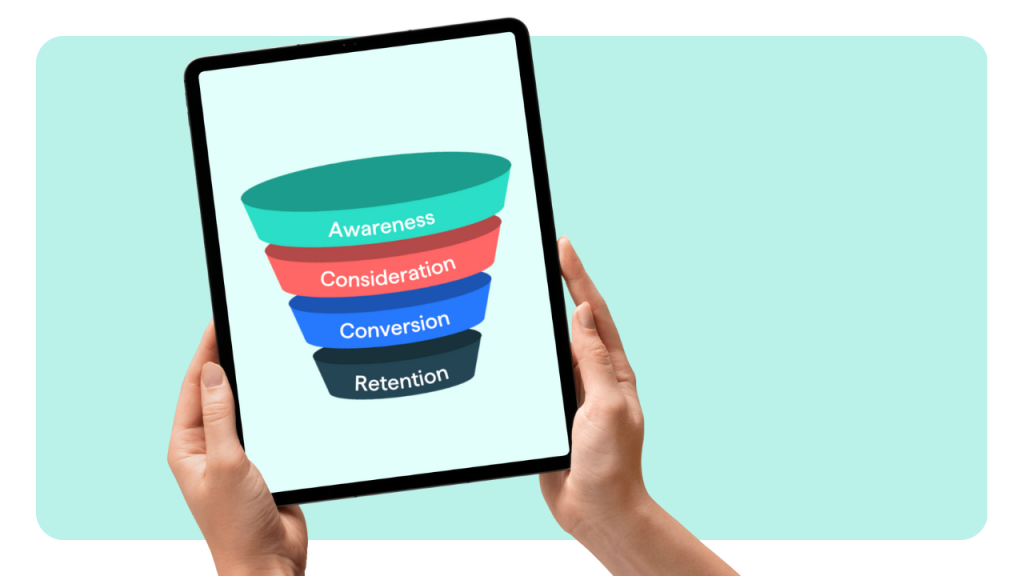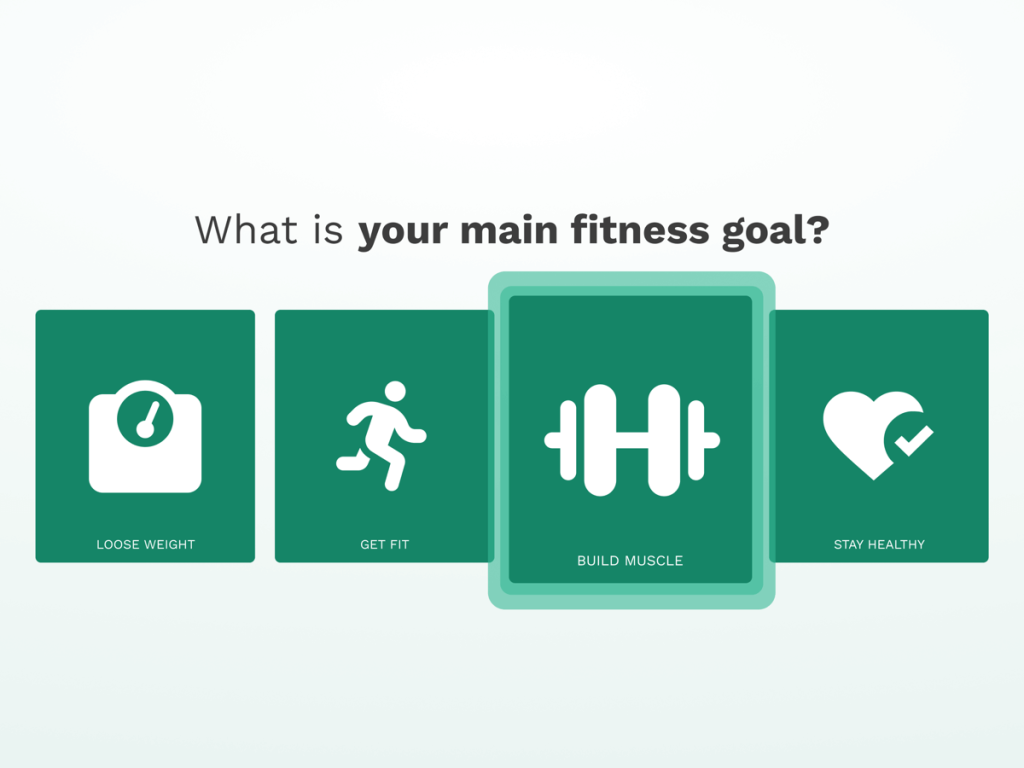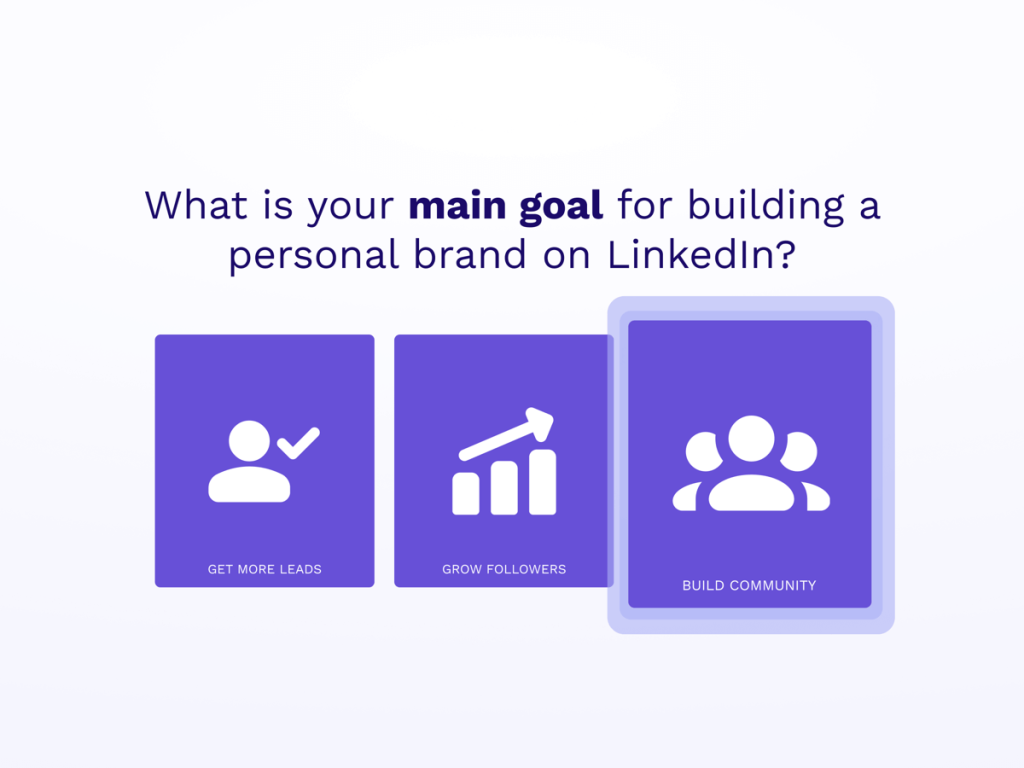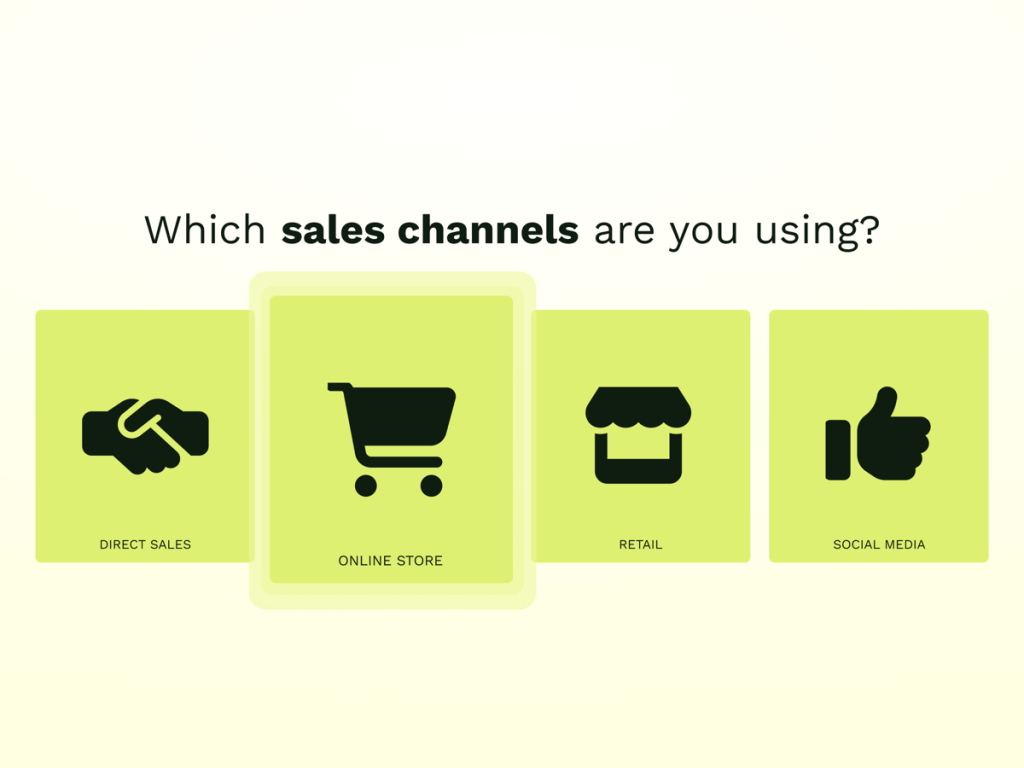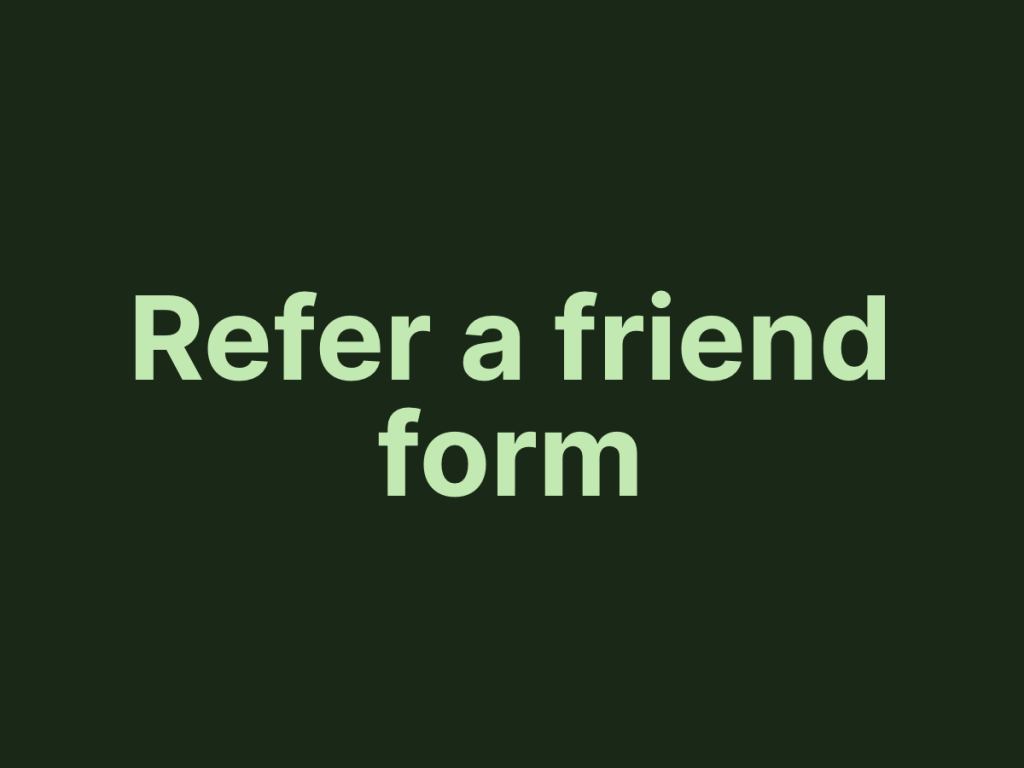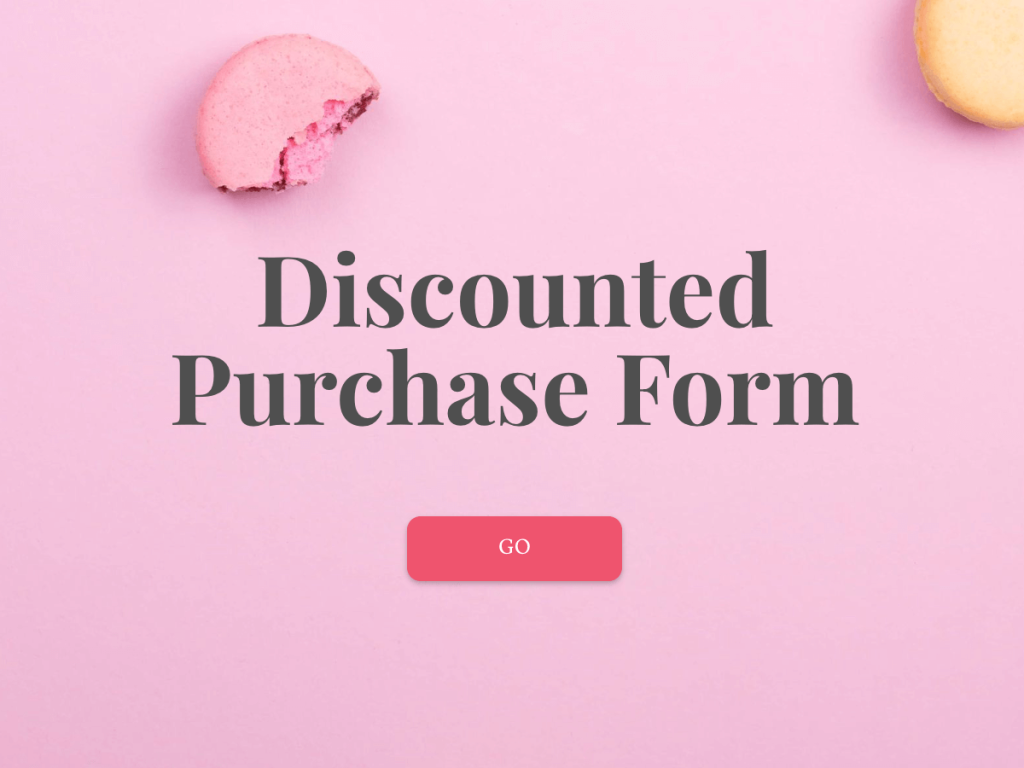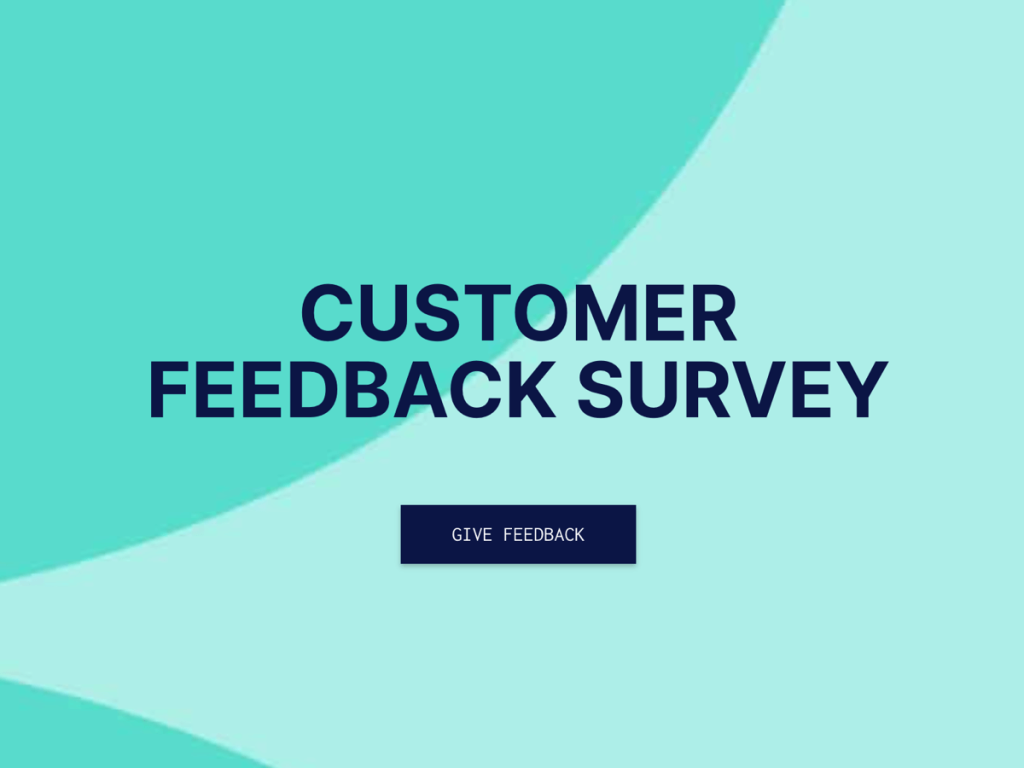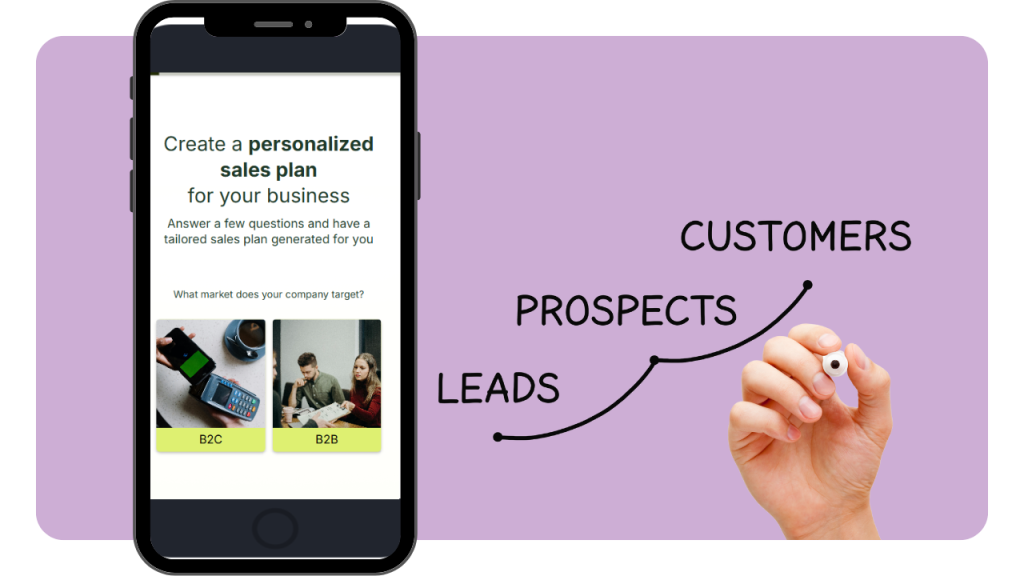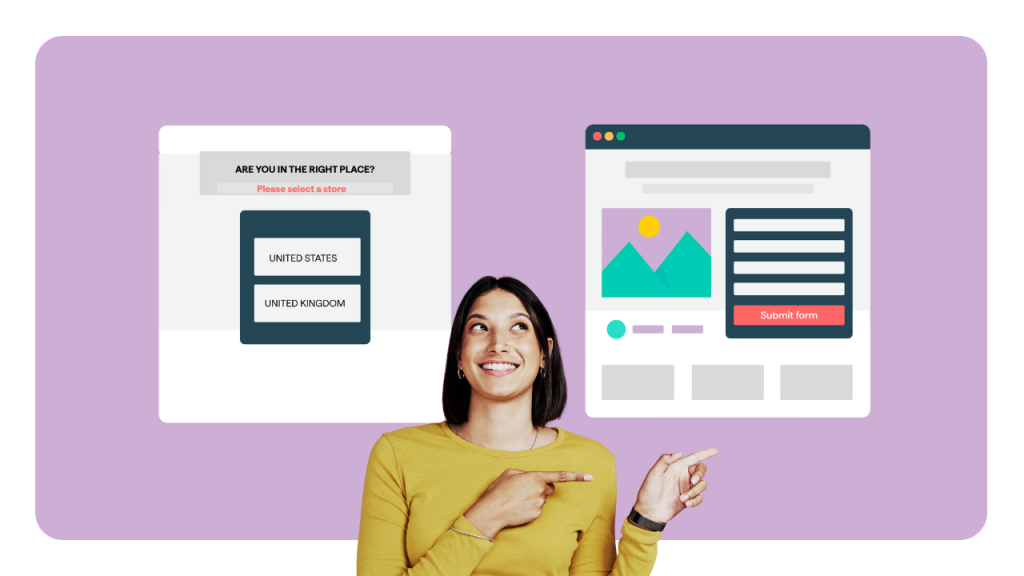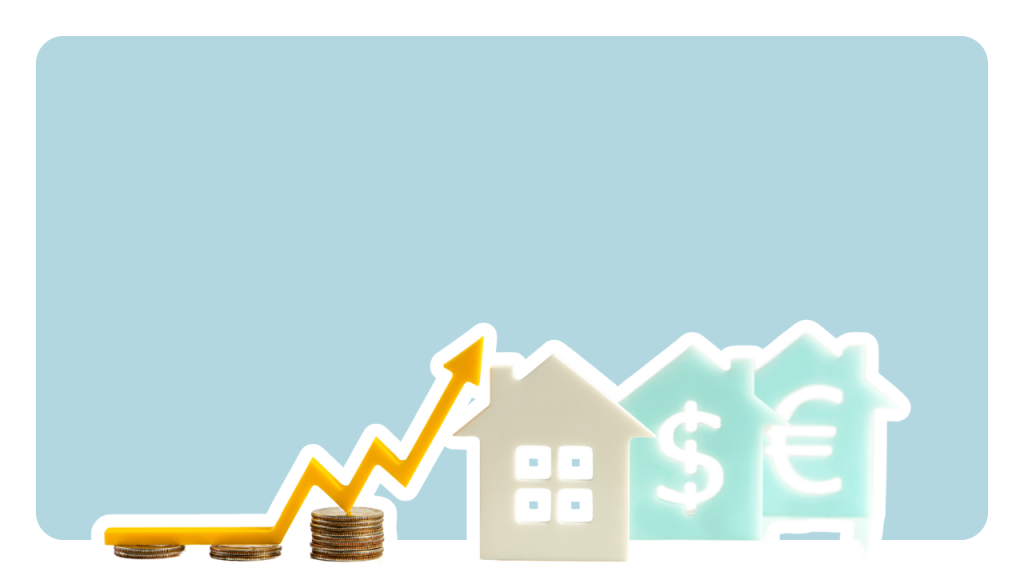Let’s talk funnels! You’ve probably heard of terms like sales funnels, marketing funnels, or click funnels. But what exactly do these mean? How are they related, and where does each fit into the grand scheme of funnels?
These marketing terms can be confusing, especially since they're often used interchangeably.
And the reality is, without well-designed funnels[1], you risk losing potential customers at critical stages, missing out on revenue, and failing to nurture long-term customer relationships.
So stick with me as I break down the different types of funnels, their purpose, and the best practices for building funnels that turn casual visitors into loyal customers.
Key Takeaways
Funnels provide a clear path to conversion: They guide potential customers from awareness to action, ensuring a structured approach to conversion.
Different types of funnels serve distinct purposes: Marketing, sales, and post-purchase funnels each play a role in nurturing prospects at various stages of the integrated acquisition funnel.
Stage-specific strategies matter: Each funnel stage requires tailored strategies to maintain engagement and encourage progression
Avoid common funnel mistakes: Issues like neglecting drop-off rates, overcomplicating steps, or failing to test regularly can lead to lost opportunities.
Tracking and optimization is key: Leveraging analytics, automation, and A/B testing ensures continuous improvement and higher conversion rates.
What Is a Funnel?
A funnel is a marketing model that guides potential customers through stages of a journey, from awareness to conversion. It helps businesses track engagement, optimize interactions, and improve conversion rates by identifying drop-off points and refining strategies at each step.
"This customer journey is represented by a funnel. A certain number of potential customers become interested, fewer end up purchasing and fewer still become devoted, loyal followers of the brand."[2]
Imagine it as a journey that your prospects undertake, starting as a broad audience at the top and progressively narrowing down to a few who take a desired action. This journey is crucial for businesses to understand and optimize, as it directly impacts conversion rates and customer interactions.
The primary goal of a funnel is to lead potential customers toward a specific action[3], whether it’s making a purchase, signing up for a newsletter, or downloading a resource. Visualizing this process helps businesses pinpoint stages where customers may drop off and develop strategies to maintain their interest.
This visual representation of the journey takes the form of an inverted pyramid, wide at the top to capture a large audience and narrow at the bottom where the actual action happens.
A funnel is a vital tool for tracking and optimizing the entire customer journey. It allows businesses to create targeted strategies at each stage, ensuring that prospects don’t slip through the cracks and are nurtured effectively until they take the desired action.
Main Types of Funnels
As I’ve already mentioned, there are several types of funnels, each serving a different purpose in the customer journey. Each type guides customers through different stages, leading to a specific action. Understanding these distinctions is crucial for creating targeted strategies that address the specific needs of your audience.

Acquisition Funnel
It’s important to start with the (customer) acquisition funnel as it acts as an “integrated” funnel for the marketing, sales, and post-purchase funnels explained below. In short, this means the acquisition funnel covers the full customer journey, from initial awareness to becoming a paying and repeat customer.
The acquisition funnel breaks down into 4 stages (Awareness, Consideration, Conversion, and Retention) which I will explore in more detail later in this article.
Marketing Funnel
Marketing funnels, named also lead generation funnels or lead funnels, are designed to create awareness through various marketing channels and develop interest in your product or service. At this stage, potential customers are just getting to know your brand and the focus is on engaging these prospects and turning them into leads. The marketing funnel constitutes the first part of the acquisition funnel.
"The marketing funnel is a visual and strategic model representing all the steps a customer takes in the whole buying journey, starting from the moment they become aware of your brand until they become customers and start generating revenue."[4]
Effective marketing strategies include social media marketing and content marketing to capture their attention, as well as email marketing to grow your email list.
By focusing on generating leads and nurturing them, marketing funnels ensure a steady flow of prospects into the sales pipeline. This is critical for building a strong foundation for the subsequent stages of the acquisition funnel process.
Discover Marketing Funnels
Build your own with 350+ Templates
Sales Funnel
Within the acquisition funnel, the sales funnel overlaps with the marketing funnel as they both start in the awareness stage, but the sales funnel goes one stage further.
In short, the marketing funnel focuses on the top and middle of the acquisition funnel (generating leads) while the sales funnel focuses on the middle and bottom of the funnel (turning these leads into customers).[5]
The sales funnel involves cold calling, meeting with qualified leads, lead nurturing, and closing deals by the sales team. A strong offer and consistent follow-ups are essential to keep prospects engaged.
Yet, many businesses overlook the importance of a compelling offer while building a sales funnel, which can significantly impact customer interest and conversion. By refining your sales strategies, you can ensure that leads don’t slip through the cracks and that each interaction brings them closer to making a purchase.
Discover Sales Funnels
Build your own with 350+ Templates
Post-Purchase Funnel
The post-purchase funnel is the last part of the acquisition funnel. It focuses on enhancing customer loyalty and engagement after the initial sale.[6]
Strategies like rewards programs, referral incentives, and personalized follow-ups play a significant role in this stage. Leveraging these techniques encourages repeat purchases and transforms satisfied customers into brand advocates.
Customer loyalty is the lifeblood of any successful business. Leveraging these techniques encourages repeat purchases and transforms satisfied customers into brand advocates.
Discover Post-Purchase Funnels
Build your own with 350+ Templates
Conversion Funnels
The conversion funnel is particularly used for e-commerce and happens in parallel to your marketing and sales funnels. It is a more focused approach that tracks the actions taken by users while moving through your website or sales process. Plus, unlike marketing and sales funnels, it doesn’t really take into consideration external factors that influence users (eg. reviews).[7]
This type of funnel helps identify where drop-offs occur, allowing you to optimize the user experience and increase conversion rates.
Analyzing user behavior through heatmaps and session recordings helps identify friction points in the user journey. Once these are identified, various strategies can be implemented to optimize landing pages and enhance the user experience, ultimately increasing conversions. These include streamlining navigation, simplifying sign-up forms, improving load times, and testing different layouts or headlines.
An effective conversion funnel is essential for turning visitors into paying customers. By understanding user behavior and addressing pain points, you can create a seamless journey that encourages conversions.
Click Funnels
A click funnel is a series of web pages designed to guide potential customers toward completing a specific action, such as making a purchase, downloading a whitepaper, or signing up for a newsletter.
It starts outside of the website, when the prospect clicks on a link from an email, ad, or social media post, leading them to a specific landing page about your product or service. From this page, the prospect starts their tailored journey down the funnel, going from page to page until reaching the conversion page where a clear CTA invites them to take action.
The specificity of a click funnel is that each page within the funnel is crafted to lead the user to the next page with clear CTAs and minimal distractions, optimizing the path to conversion.
In reality, click funnels are essentially a tangible subset of more abstract marketing or sales funnels.
Indeed, marketing and sales funnels track the customer journey from a somewhat “emotional” perspective, using the AIDA model (Awareness, Interest, Desire, Action). In contrast, click funnels are the actual online touchpoints where prospects interact within the broader framework of these marketing and sales funnels.
What Are the Stages of a Funnel? (Acquisition Funnel)
There isn’t a model set in stone when it comes to the different stages of a funnel. It depends on the funnel type and the definition you have for it.
For the purpose of this article, let’s focus on the acquisition funnel as it covers the full customer journey. Indeed, as explained earlier, the acquisition funnel consists of several marketing, sales, and post-purchase funnel stages, each serving a distinct purpose in guiding customers from awareness to conversion and retention. Each stage requires specific strategies to nurture prospects and encourage them to move forward in the funnel.[8]

Understanding these funnel stages is essential for optimizing the customer journey and ensuring that potential customers receive the right message at the right time. Let’s dive into each stage to explore the strategies that can make your funnel more effective.
Awareness Stage (TOFU - Top of the Funnel)

The awareness stage, also known as the Top of the Funnel (TOFU), is part of the marketing funnel, where businesses attract a broad audience through various marketing efforts.
At this stage, the goal is to reach as many potential customers as possible, introduce them to your brand, and pick their interest through:
Webinars and educational content to position the business as an authority in the industry
Social media marketing to build brand presence and engage with audiences
Paid advertisements targeting specific demographics and interests
Public relations and influencer collaborations to expand reach and credibility
Lead magnets (whitepapers, ebooks,...) to capture emails and preferences
Quizzes and calculators to help prospects better understand their needs
These tactics ensure a steady flow of prospects entering the funnel. Don’t underestimate the awareness stage as it sets the foundation for the subsequent stages.
Here is an example of quiz to attract prospects to your website and get their contact info, while providing value:
Consideration Stage (MOFU - Middle of the Funnel)

The consideration stage, or the Middle of the Funnel (MOFU), is where potential customers actively compare different products or services to meet their needs.
At this stage, the goal is to engage potential customers, nurture leads through your digital marketing channels, and build trust with personalized content, including:
Case studies demonstrating real-world results to provide credibility and proof
Customer testimonials and reviews to build trust and alleviate concerns
Email marketing campaigns tailored to interests that keep prospects engaged
Quizzes and calculators to help prospects discover which solution works best for them
Free trials or product demos to allow customers to experience the offering firsthand
The interest stage is crucial for moving prospects closer to making a decision, ensuring that they have all the information they need to evaluate their options.
Here below is an example of how you can use a quiz to help prospects find the best solution for their needs:
Decision and Conversion Stage (BOFU - Bottom of the Funnel)

The decision and conversion stage, or the Bottom of the Funnel (BOFU), is where your marketing-qualified leads turn into sales-qualified leads and make a purchase decision.
In this stage, the marketing and sales funnels generally overlap as both the marketing and sales teams work hand-in-hand to nurture leads and ultimately close deals. Strategies for this stage include:
Limited-time discounts and special offers that create urgency
Personalized sales calls or consultations to address specific concerns and tailor solutions
Streamlined checkout pages to make the payment process as smooth as possible
Monitoring drop-off rates at this stage is crucial, as it indicates where potential customers lose interest during the funnel process. Addressing these issues improves conversion rates and ensures a smoother journey from interest to action.
The product configurator below is the perfect example of how you can offer a seamless AND personalized checkout process to your customers:
Retention and Loyalty Stage

The retention and loyalty stage focuses on post-sale engagement to turn customers into brand advocates.
Once a sale is made, the relationship shouldn’t end. The focus at this stage is to retain customers and foster loyalty through:
Engagement: Personalized emails, content, and check-ins. Businesses that follow up with value-added communication retain customers longer
Rewards: Loyalty programs and exclusive discounts incentivize repeat business
Referrals: Encouraging customers to spread the word through incentives like referral discounts or affiliate programs
Effective customer support is critical at this stage to ensure satisfaction and encourage repeat purchases. Implementing loyalty programs can motivate customers to continue purchasing by offering them rewards for their commitment.
Personalized follow-ups after a purchase play a key role in reinforcing customer relationships and driving loyalty. Making customers feel valued enhances retention and fosters long-term customer feedback relationships.
The "refer a friend" form below is a great way to turn your customers into brand advocates while encouraging them to become repeat customers:
How to Build an Effective Funnel
Optimizing and tracking your funnel is crucial for generating qualified leads that will turn into conversions. A well-designed funnel guides potential customers through a seamless journey from awareness to conversion and beyond.
The key is to understand your audience, provide relevant content at each stage, and optimize the process continuously. Regular adjustments based on performance metrics can significantly improve the effectiveness of your funnel.[9]
Let’s explore some best practices to build a high-converting funnel:
Define Your Goal
Clearly defining what success looks like is the first step in optimizing your funnel. What action do you want the customer to take? Whether it’s making a purchase, signing up for a newsletter, or downloading a resource, having a clear desired outcome helps tailor your strategies effectively.
For example, a fitness brand might aim for sign-ups to a virtual workout program or sales of fitness equipment. That brand won’t use the same content type and strategies for both goals.
Map the Customer Journey
"Customer journey refers to the steps that the modern consumer takes on their path to conversion, including every touchpoint from engagement and awareness to post-purchase behavior."[10]
Mapping the customer journey involves identifying the touchpoints where customers interact with your brand. By understanding their pain points, motivations, and what influences their decisions at each touchpoint, you can create a more tailored experience throughout the funnel.
This way, you can make sure that each stage of the funnel is optimized to meet the specific needs of your potential customers, from awareness to conversion.
Let’s get back to our fitness brand example. The customer journey might begin with Instagram ads showcasing workout transformations, followed by a visit to their website, downloading a lead magnet such as a free workout plan, and eventually signing up for a membership or purchasing fitness gear.
Create Targeted Content
Creating targeted content that aligns with each funnel stage is crucial for maintaining engagement and guiding prospects through the funnel.
In the awareness stage of the marketing funnel, educational blog articles and social media posts can attract a wide audience. Then, in the consideration stage, focus on content such as case studies and webinars that can provide valuable information to help prospects evaluate their options, as well as in-depth case studies and testimonials to provide trust and credibility.
Make sure your content resonates with your audience at every stage of the funnel. Don’t hesitate to A/B test variations of your content and landing pages.
For our fitness brand example, they could attract prospects in the awareness stage with workout tips, fitness challenges, and healthy recipe videos. In the consideration stage, they can offer detailed content like success stories from clients, comparisons of different fitness programs, and free live workout sessions. Finally, in the decision stage, they would leverage personalized training offers.
Use Automation and Analytics
Automation tools can help you with different activities, such as lead nurturing with automated emails or your funnels with your CRM with direct integrations.
Analytics helps in understanding customer behavior and identifying critical drop-off points in your funnels. These insights are invaluable for making data-driven decisions that ensure a smoother customer journey and optimize your funnels for conversion.
For example, the fitness brand can leverage automated emails (with a tool like Mailchimp) to streamline email campaigns promoting new fitness classes, while CRMs like Hubspot will manage customer data and track interactions such as sign-ups and feedback. Finally, analytics tools such as Google Analytics, Hotjar and involve.me AI reporting can help them identify drop-off points, track conversions like class bookings, and analyze user behavior.
Conduct A/B Testing
Conducting funnel A/B testing is essential for experimenting with elements such as headlines, CTAs, ad creatives, and landing page design. By comparing different versions, you can determine which elements drive conversions and optimize every stage of your funnel based on data-driven results.
This ongoing process ensures that the funnel remains effective and responsive to the evolving needs of potential customers.[11]
With involve.me funnel builder, you can create A/B tests for your funnels and see which one performs better in real-time, directly from your user dashboard.

Build your own funnel
No coding or design skills required
6 Common Funnel Mistakes and How to Fix Them
Even with the best intentions, businesses often make common mistakes that hinder the effectiveness of their funnels. Overcomplicating the funnel with unnecessary steps, treating all funnel stages the same, and ignoring drop-off rates are just a few examples. These mistakes can lead to lost opportunities and lower conversion rates.
Providing actionable solutions to streamline the funnel can enhance its effectiveness. Addressing these common pitfalls helps create a more efficient and successful funnel.
Treating All Stages the Same
The mistake: Applying the same messaging and approach to every stage of the funnel leads to disengagement. What works for cold prospects in the awareness phases won’t resonate with marketing qualified leads, for example.
The Fix: Tailor your content and messaging to meet users’ intent at each stage of the funnel. This is key to effectively nurturing prospects and guiding them toward conversion:
Top of Funnel (Awareness): Focus on education and value (eg. articles, videos, lead magnets).
Middle of Funnel (Consideration): Build trust and show your prospects that you are the best fit (eg. free trials, demos, testimonials).
Bottom of Funnel (Conversion): Make the conversion process as easy and convincing as possible (eg. limited-time discounts, smooth checkout).
Focusing Only on the Top of the Funnel
The mistake: When considering the full acquisition funnel, many businesses concentrate most efforts on driving traffic but neglect nurturing and conversion. Yes, attracting a broad audience is important, but it’s as critical to move prospects through the funnel by turning them into qualified leads, and finally converting them into paying customers. If you don’t convert, you end up with a bigger email list, at best. This is a waste of resources.
For example, if your funnel lacks trust signals (testimonials, case studies, security badges, or guarantees), your fresh prospects will hesitate to take action and you might lose them before they even reach the middle of your funnel.
The Fix: Develop strategies for every stage of the funnel:
Middle Funnel: Use email marketing and retargeting to nurture leads.
Bottom Funnel: Optimize landing pages, checkout processes, and sales outreach to close conversions.
Post-Funnel: Build loyalty with follow-up sequences, customer support, and referral programs.
Ignoring Drop-Off Rates
The Mistake: Prospects might engage with your content but leave without converting, which happens - no funnel is perfect. The issue is to ignore these drop-offs. Sure, leaks in funnels can’t be avoided, but tracking drop-offs is crucial to understanding where potential customers are lost within the funnel and what paint points lead them to disengage.
The fix: Monitor drop-offs and implement email sequences, retargeting ads, and automated follow-ups to re-engage lost prospects. Use heatmaps and funnel analytics to identify where drop-offs happen and optimize those areas.
Overcomplicating the Funnel
The mistake: Businesses tend to complicate their funnels by adding unnecessary steps (decision points, upsells,...), which often confuse potential customers and increase drop-off rates.
The fix: Sometimes, less is more. Keep your funnel streamlined and friction-free. Remove unnecessary steps and make sure each stage has a clear, logical flow leading to conversion. Simplifying the funnel ensures a smoother journey and reduces the likelihood of drop-offs.
Failing to Test and Optimize Regularly
The mistake: Many businesses set up their funnels and assume they will work without continuous testing. Failing to test and optimize regularly will result in stagnation and missed opportunities.
Let’s consider CTAs, for example. If your main CTA is too vague (eg. "Click Here") or lacks urgency, visitors won’t take action. Similarly, too many CTAs can overwhelm prospects and cause decision paralysis. Then what text to use and how many CTAs are optimal? This is exactly what to test.
The fix: Run A/B tests on headlines, CTAs, pricing, and page layouts. Use analytics to track performance and continuously refine based on data. Consistent evaluation and improvement keep the funnel effective and responsive to changing customer needs.
Ignoring Mobile Optimization
The Mistake: This is obviously a case-per-case situation, but with about half of global traffic coming from mobile devices, chances are, you’re losing a massive chunk of potential conversions If your funnel isn’t mobile-friendly!
The Fix: Ensure your landing pages, forms, and checkout process are fully optimized for mobile with fast load times and easy navigation.
To Wrap It Up
Funnels are there to help you guide potential customers through each phase of their journey, from awareness to conversion and beyond. But building funnels isn’t something that should be done based on assumptions.
Before anything, it’s important to understand the different types of funnels and how they complement each other to form the different stages of the “integrated” acquisition funnel. This is key to designing well-structured funnels that cover the entire customer journey and maximize engagement, conversions, AND retention.
Now, while the process of creating effective funnels depends on your business, best practices remain the same. To design funnels that convert, make sure to define clear goals, map the customer journey, and create targeted content. Then, leverage automation, analytics, and A/B testing to identify bottlenecks and implement improvements so that your funnels remain responsive to customer needs and market changes.
How involve.me Can Help
involve.me’s funnel builder simplifies funnel creation and helps you guide prospects from one stage to the next seamlessly through interactive solutions such as:
In the marketing funnel: Engaging quizzes for lead generation, capturing valuable lead information, and building awareness.
In the sales funnel: Appointment forms for booking sales meetings, accelerating the conversion process by scheduling direct interactions.
In the post-purchase funnel: Customer feedback surveys to increase retention, gathering insights to improve services and foster loyalty.
With involve.me, you can create dynamic, engaging experiences that drive prospects through your funnels efficiently. Start optimizing your customer journey today with involve.me!

